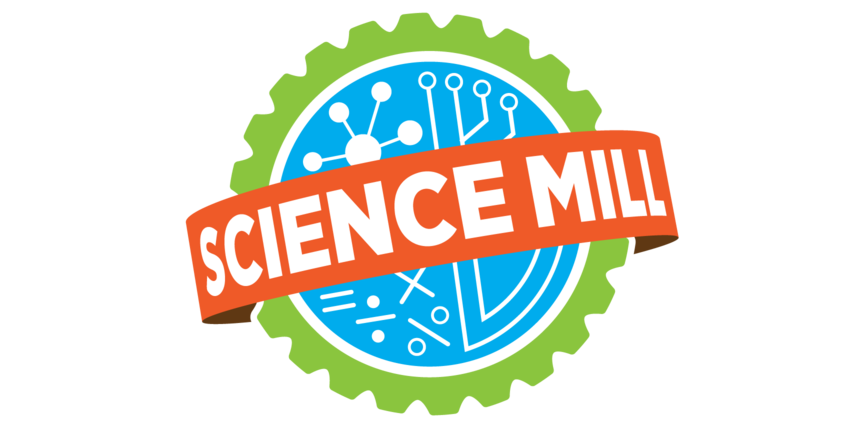Organisms and Their Environments
〰️
Organisms and Their Environments 〰️
k-2 avian adaptations
Students will use various household items as their ‘beaks’ and attempt to ‘eat’ differently-shaped objects. They will discuss their experiences to gain a better understanding of the reasons for specialized adaptation in birds.
k-2 gettin’ buggy
In this activity, students will learn how scientists classify living things. They will observe and classify a set of specimen blocks in different ways. Students will then use the knowledge gained and critical thinking to make their own classification criteria, sort their specimens and then graph their data.
3-5 Chihuahuan Cacti Catastrophe
Students will learn about how energy is transferred from the sun to all levels of the food chain.
They will explore concepts of primary production, consumption (herbivore, carnivore levels), decomposition and trophic energy transfer through the food web.
Deductive reasoning skills will be used to solve a desert food chain mystery.
3-5 under the lens
Students will explore the structures and functions of organisms by observing live organisms and bug blocks under a microscope to determine how different structures and functions help them survive in a particular environment.
6-8 caring for our creek
Test the local creek behind The Science Mill, for chemical and physical contaminants. Use microscopes and magnifying glasses to investigate aquatic macroinvertebrates and how they can clue us in to the cleanliness of the water. Discover what kinds of careers deal with water quality and what the government and communities have to do with keeping our valuable water resources safe.
6-8 bug inspired biomimcry
Students will learn about how in nature and in life, structure determines function. Students will learn about biomimicry engineering and use digital microscopes to explore complex insect specimens for some inspiration. Teams will sketch a prototype that solves a real-world problem by mimicking a process in nature.
6-8 genetic jam
Students will learn about the process of inherited traits via DNA/RNA and genetics. They will differentiate between genotype, phenotype and expression with pedigree and Punnett square activities. Mathematical principles of probability and ratios will be addressed via hands-on activities and computer modeling. Socioemotional learning and empathy will be addressed via discussion. Students will code and build a probability machine and analyze/present results.

